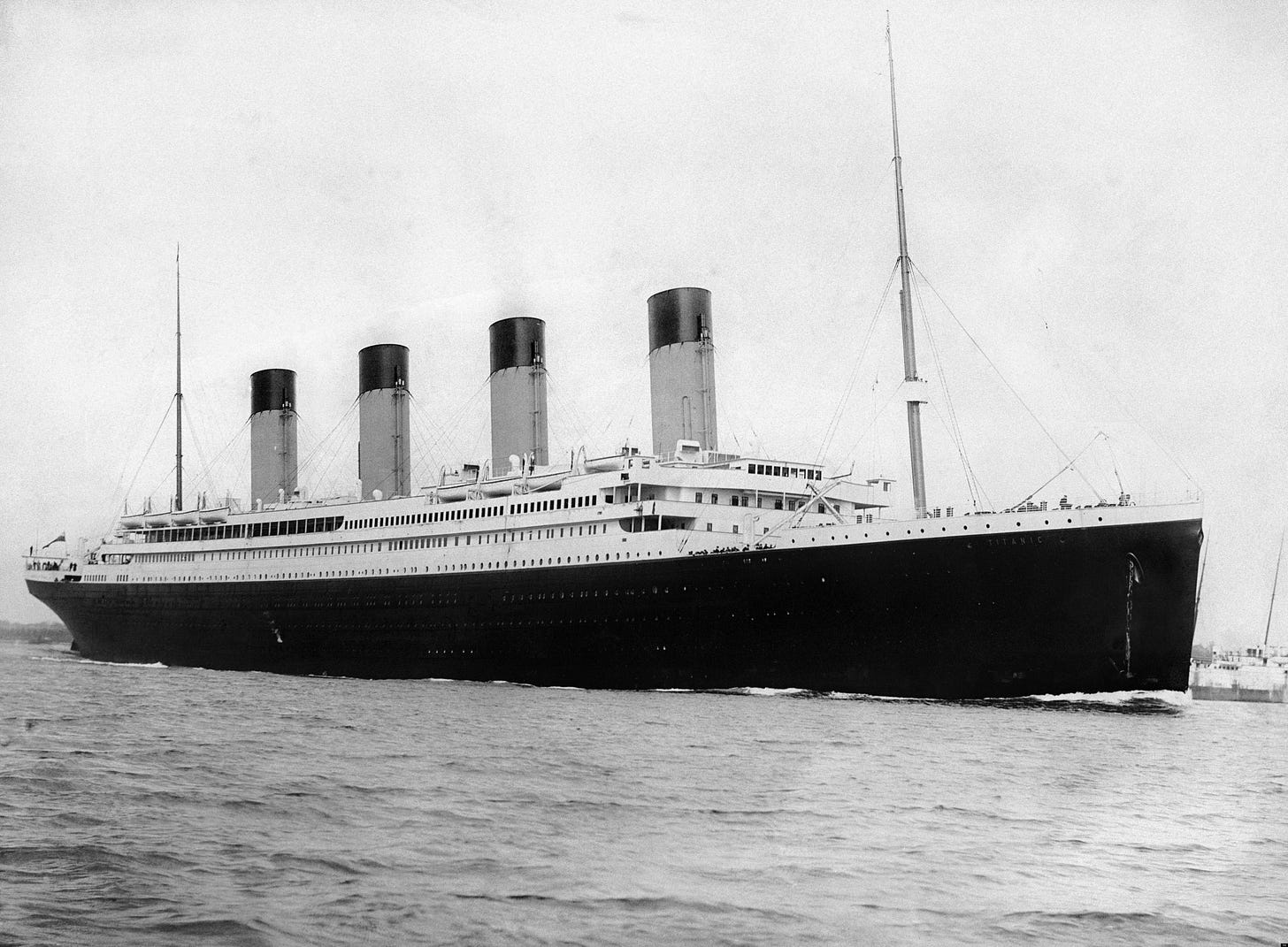
My granduncle might just have had one of the unluckiest upgrades in history. The 23 year old was due to join his brother in New York on a steamer from Queenstown in Cork, but his ship was cancelled due to a coal strike, so he and his friends were offered third class berths on the White Star’s latest liner instead: RMS Titanic.1 2
We know what happened to him, because although all of his party managed to make it up to the boat deck, only the girls were offered places on a life boat and my granduncle gave his jumper to one girl to keep her warm out on the water; he went down with the ship and his body was never recovered. She brought the jumper back to his mother afterwards and it was kept in the family until the 1970s.3.
She Cannot Sink….
Titanic and her sister ships Olympic and Britannic were the result of a trans Atlantic rivalry between the American JP Morgan’s International Mercantile Marine, the backers of the White Star Line, who were in competition with their British government backed rival, the Cunard Line. From the outset, the intention for Titanic and her sister ships was that they would crush the competition from Cunard by being ‘the biggest in the world’ (not the fastest, as comfort and size were the main priorities on the Atlantic crossing)4. (Morgan who had booked a suite on the Titanic but cancelled at the last minute said of the sinking which was a financial disaster for IMM:
Monetary losses amount to nothing in life. It is the loss of life that counts5.
Titanic was the largest moving man made object on the planet when she was built, she weighed in at 46,328 gross register tons and was 882 ft. 9 in. (269.1 m.) long, and 6175 ft. (53.3 m.) tall, measuring from her keel to the top of the funnels. She was launched in Belfast on April 10, 1912 from which she went on her maiden voyage, stopping at Southampton where she picked up her crew and then going to Cherbourg in France and then calling into the Queenstown in Ireland on the 11th of April 1912, after which she sank on the 14th of April, 1912 at 2:20 am in the North Atlantic. 7

8Much ink has been spilled on why the Titanic sank - but they are pretty adamant in Belfast it wasn’t their fault, as the tourist T-shirts say: ‘She was fine when she left here’. Titanic was so large that Harland and Wolf had to extend the shipyard to build her, and some of the advance publicity from the White Star Line suggested that she and her sister ships were ‘practicably unsinkable’9. Her captain Edward Smith said prior to her maiden voyage:
I cannot imagine any condition which would cause a ship to founder. Modern shipbuilding has gone beyond that.10
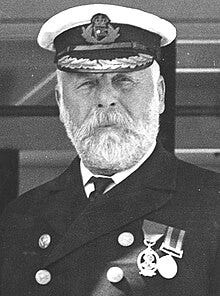
Unfortunately by the time the ship’s crew saw the iceberg, it was impossible to avoid it - Titanic was too big to stop in time. There were many other aspects which compounded the disaster such as the lack of lifeboats (based on the belief that since the ship was unsinkable they weren’t needed) and bad luck such as her distance from other ships which might have saved more people. On hearing the initial news reports the White Star Line issued a press release, stating that because she was unsinkable, she hadn’t sunk. But of course, she famously had, in less than three hours, taking 1173 souls with her, my granduncle included.
A Natural Scale….

In my previous essay I discussed the work of Ivan Illich, a former Catholic priest polymath and visionary social critic who died in 2006 and whose work is being slowly rediscovered as it predicts with unerring and uncanny accuracy most of our current problems. He was an Austrian born priest and intellectual who rejected the academic life he seemed destined for, choosing instead to minister to a poor Puerto Rican/Irish parish in New York and thereafter in Puerto Rica itself. During his ministry he was accused of heresy by the Catholic Church’s Dicastery for the Doctrine of the Faith (formerly known as the Inquisition), chiefly due to his views on contraception and politics, and resigned his priesthood. Afterwards he set up an informal university in Cuernavaca, Mexico where he wrote a wonderful series of books tackling issues such as education, medicine, energy and gender11.
Here I would like to turn to his 1973 book ‘Tools for Conviviality’. This small but densely written book of five essays is packed with a variety of ideas about societal issues, amongst which are discussions about the dangers of powerful technologies overwhelming society’s ability to deal with them:
the growth of tools beyond a certain point increases regimentation, dependence, exploitation and impotence12
(Illich talked about technology in a wider way than usually considered it as he believed it included social organisations such as the legal system, education, medicine and government to industrial technology such as airplanes and cars). In this essay, I will focus on Illich’s ideas around scale, his belief that at a certain point the scale of certain technologies or organisations mitigate against their efficacy and may even cause them to act against their original purposes. He says: 13
I hereby submit the concept of a multidimensional balance of human life which can serve as a framework for evaluating man's relation to his tools. In each of several dimensions of this balance it is possible to identify a natural scale. When an enterprise grows beyond a certain point on this scale, it first frustrates the end for which it was originally designed, and then rapidly becomes a threat to society itself. These scales must be identified and the parameters of human endeavours within which human life remains viable must be explored.
One example in Tools is that as the use of cars proliferated they required the building of motorways, roads and carparks, the creation of vested interests such as manufacturers and advertisers to build and promote their ownership and regulatory bodies to license their use. Cars also make the environment unfriendly to other modes of transport such as walking or cycling and force those who do not own cars into a disadvantageous position, for instance, as the distance which people travel for work increases due to car availability, the pool of jobs for those without cars shrinks.
Thus cars do not just alter the physical environment they are introduced into, but also the social environment, privileging certain groups to the detriment of others, but these major changes occur only at scale. A few cars make little difference to a society, thousands force society to remake itself to accommodate the car. At a large scale, even the users of cars find that they become less and less useful as they find themselves stuck in traffic jams or suffer the effects of pollution.
Rocket Man…
Illich also identified tools which by their very nature are only ever destined to be accessed by a tiny elite and he maintained that these are inherently undemocratic and harmful. He was, for example, in favour of banning supersonic travel (Concorde had only been flying a couple of years at the time of writing of Tools) citing it as an example of:
Hyper industrial tools by their very nature restrict to a very few the liberty to use them in an autonomous way.
(Modern examples of this must surely include space travel and rocket launches accessible only to billionaires). Illich also talked about:
Tools, in other words, have an optimum, tolerable and a negative range
While Illich spoke about some technologies being benign, others needing limits on their use, and others which he believes should be banned altogether, he also cautions:
we must guard against falling into the equally damaging rejection of all machines as if they were works of the devil
Here I would like to consider two contemporary examples of modern technology through the lens of Illich’s observations about scale, firstly the cruise industry, and secondly the global shipping industry.
Rock the Boat….
The biggest cruise ship in the world at the moment is the Royal Caribbean Company’s Icon of the Seas. She is 250,000 tons and 1,198 ft in length, roughly five times the size of the Titanic, and carries up to 10,000 passengers and crew mainly on cruises around the Carribbean14. The biggest stake in RCC is owned by Capital Management, a privately owned American company based in Los Angeles, so the Icon and her sister ships are American. The Icon is powered by Liquid Natural Gas (LNG) turbine engines, which emits less noxious gases than similar cruise ships powered by diesel engines.15
Very large cruise ships like the Icon have recently upset the residents of some of the ports they visit. It’s not hard to see why, while the passengers enjoy the amenities and infrastructure of the port, they frequently bring little economic benefit to the area as they often eat onboard, purchasing little on shore. Meanwhile the locals have to navigate the nuisance of large groups of strangers swamping local beauty spots, over crowding public transport and being treated as a backdrop for photo opportunities without consent. This varies between cities, it is particularly egregious in places like Venice where it has lead to campaigns such as Venice’s ‘Say No to Big Ships’16, but even in less popular cities there is a growing backlash against the cruise industry.17
Illich observed in Tools that:
Society can be destroyed when further growth of mass production renders the milieu hostile, when it extinguishes the free use of the natural abilities of society's members, when it isolates people from each other and locks them into a manmade shell18
The cruise ship industry was in its infancy at the time of Illich’s book but these words are eerily prescient. During a large cruise ship’s visit to a port passengers and locals can be placed in an antagonistic relationship as both are effectively competing for shared public space. Large tour groups from cruise ships can place locals into the position of ‘extinguishing the free use’ of their own city. There is often little or no interaction between the two sides as tour groups of passengers who may not speak the local language are shepherded around cherry picked locations by guides who act as an interface between them and the city.
The city and its inhabitants are therefore reduced to a backdrop for photo opportunities and after what is usually a heavily curated visitor experience the tour group returns to the ship (Illich’s ‘man made shell’ instantiated). Thus Illich’s warnings that: ‘society can be destroyed’ and ‘isolates people from each other’ are accurate representations of this situation as cruise ship passengers may be regarded as an invaders, rather than visitors by the locals who can and do respond with hostility. This has already happened in several port cities.19
Yes, We Have No Bananas…
Another industry where the issue of scale can be considered from a different perspective is the global shipping industry and the ancillary port infrastructure which services it. This network carries 90% of international trade; the biggest container ship in the world is the MSV Irinia, privately owned by the Italian Aponte family, which at 1309 ft long, is even larger than the Icon20. The Irinia and her other mega container ship sisters enable low cost shipping worldwide allowing those in the Global North (the former colonisers) to take advantage of a bounty of consumer goods manufactured usually in low wage economies of China and countries of the Global South (the former colonised). This is a 24/7 daily enterprise with thousands of enormous container ships are at sea, or on rivers across the globe, here is a real time map of global shipping:
https://www.marinetraffic.com/en/ais/details/ships/shipid:7839734/mmsi:3110%01178/imo:9829930/
Without this network much of modern life across the globe would be impossible as it supports the global supply chains which supply everything from basic foodstuffs to consumer goods. Modern society could not survive without recourse to this enormous network of trade, and disruptions to it have far reaching ripples across the planet, such as when the container ship Evergiven blocked the Suez Canal in 2021.21
This network is largely powered by diesel not just for the ships but also for the port infrastructure and the fleet of lorries which provide the land based transport feeding the ships. Global maritime shipping is the sixth largest emitter of carbon dioxide in the world but this world wide reliance on a heavily polluting fossil fuel has yet to appear in public consciousness, probably as most of the shipping industry is out of sight to the general public22. Although most countries are trying to transition away from fossil fuels for their electricity production, global shipping is still in the very early stages of decarbonisation; it remains a fossil fuel based pillar of global commerce. 23.
Illich in Tools for Conviviality writing in 1973 stated that:
It is now difficult to imagine a modern society in which industrial growth is balanced and kept in check 24
Balanced and kept in check….?

Over 50 years later from Illich’s words modern society is even more imbalanced nor is it in check and global shipping is a big factor in this. One major imbalance in particular exists between the countries of the Global North and Global South. The ships which service the ports of the Global South are often transporting raw materials, such as rare earth metals, oil, plantation grown foodstuffs with exploitative labor practices such as bananas 25or sugarcane to the ports of the Global North.
Much of the transfer and extraction of this natural wealth has been at the expense of the local population. For example the Democratic Republic of the Congo contains 60% of the world’s cobalt supply, and coltan essential for use in batteries and mobile phones. However mining for cobalt in the DRC is often extremely dangerous and exploitative, child labor, systemic exploitation, illegal destruction of wildlife and gender based violence against women miners mean that the DRC is one of the world’s poorest, most brutal and dangerous countries. Despite this container ships daily stream from DRC ports shipping mineral wealth to the Global North to be made into items like smartphones or batteries.26.
I want to say one word….Plastics
The ports of the Global North are also the recipients of manufactured consumer goods from the lower wage economies of the Global South and foodstuffs such as bananas produced in extractive and environmentally damaging ways27. Even within the Global North the benefits are not evenly distributed as many manufacturing sectors such as the UK clothing industry have been decimated by competition from lower wage economies in the Global South with the profits going to the corporate sectors of the Global North28.
A recent magazine article by Sara Sleiman ‘The true scale of the global North’s economic appropriation of the South’ lays bare the imbalance in the flow of resources, goods and labour from the countries of the Global South to the countries of the Global North, where she talks about it being much more exploitative than previously realised29. For example, the US imports 60% of its manufactured goods from developing countries and uses far more minerals than it produces and imports- most of this from the Global South.
When viewed through this lens, the global shipping industry can be seen as extractive, funneling wealth from one part of the globe to another and like the Atlantic slave trade which preceded it deeply unequal and unfair30. Some have even argued that the flows of materials and embodied labor from the Global South to the Global North forms a new form of colonialism and thus that the Age of Empire from the nineteenth century never really went away31.
Plastic Farmers….
Modern consumerism causing environmental degradation, atmospheric pollution and human exploitation is fast becoming an existential threat to humanity and the whole biosphere.32 In another example the global shipping industry enables is what is known as ‘waste colonialism33 when the detrius of the Global North is dumped into the Global South.
Tipping Points….
Illich talked in ‘Tools for Convivality’ of two watersheds in technology, the first crossed when the widespread adoption of a technology meant that its benefits become widespread , such as adoption of antibiotics, and the second crossed when those mass adoption of those means that those gains are reversed (such as the multi resistant antibiotic strains caused by the over use of antibiotics strains).
While giant cruise ships are a recent innovation, they are already beginning to overstep the second boundary; but the global shipping industry has had a much longer and murkier history, (one of its roots is in the infamous Triangular Trade whose ‘Middle Passage’ was the Atlantic slave trade in the eighteenth and nineteenth centuries34).
While the transport of human beings for sale has been outlawed, it is possible to argue that due to the current immense scale and the power imbalance it facilitates being the principal means by which the wealth and embodied labor of the Global South is transferred to the Global North, the global shipping industry in particular has not just overstepped the second threshold many years ago, but has now even become what Illich referred to as one of :
the major variables which can upset the balance of life…..when corporate tools become destructive of society itself……..
and even maybe outside:
…the parameters of human endeavours within which human life remains viable
It’s all About the Money, Money, Money….35
Therefore it is not hard to see from the previous discussions that both the cruise ship industry and the global shipping industry likely overstep the ‘natural balance’ that Illich suggests in ‘Tools’. However this does not answer the question of what is driving the growth of both of these industries beyond these thresholds.
While researching this article I was struck by some similarities between the marketing of the Titanic and its modern counterpart the Icon of the Seas. White Star’s 1912 publicity boast that Titanic was ‘the latest, largest and finest steamer afloat’ 36 had echoes in 2023 when RCC’s CEO Jason Liberty’s described the Icon as:
‘the biggest, baddest ship on the planet’37.
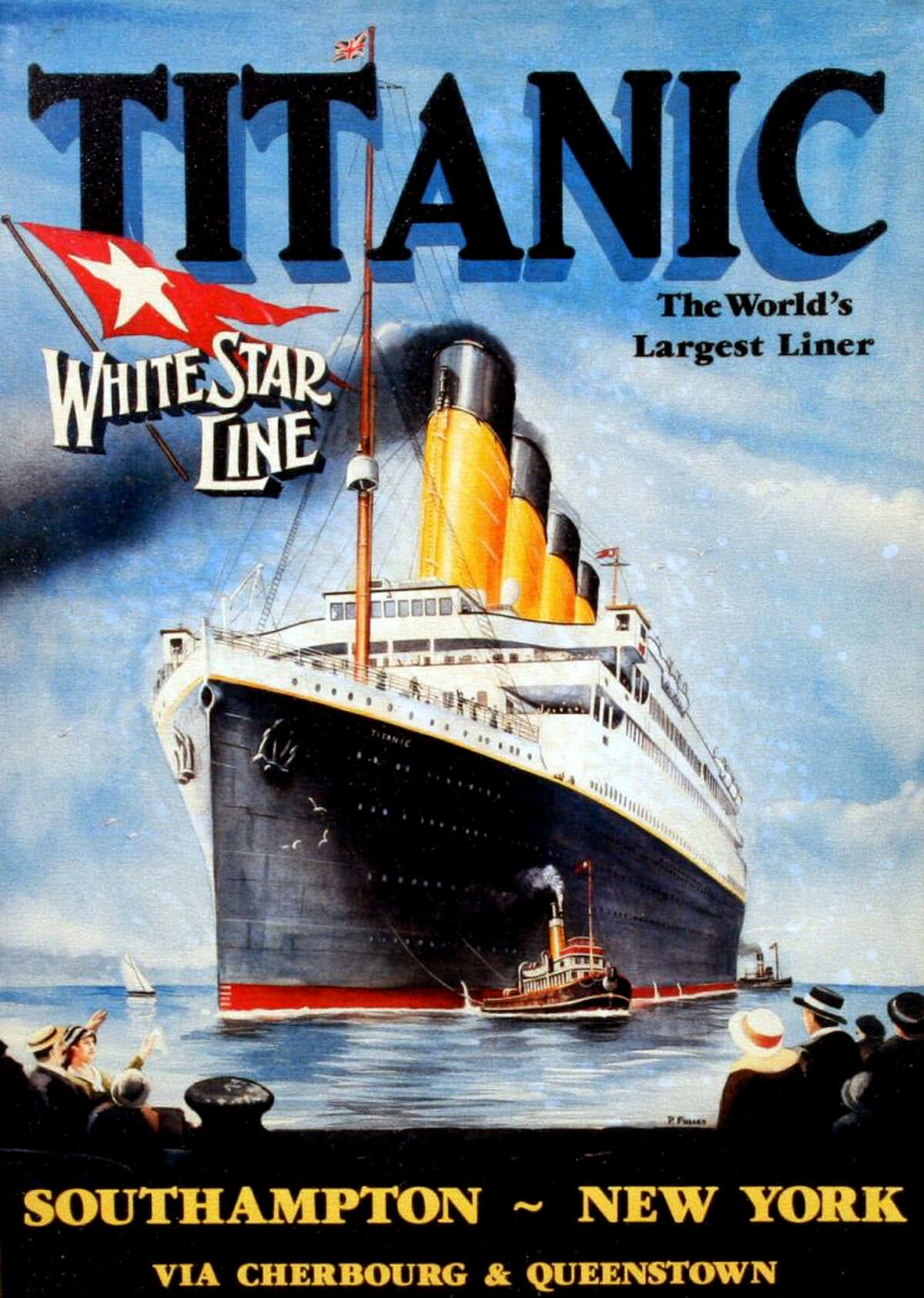
The more brash nature of RCC compared to White Star was also apparent in the differing launches of both ships, Titanic had a low key launch in Belfast in 1912, in contrast the Icon of the Seas arrived in her home port of Miami early in the morning of January 10th, 2024 blasting music from $100,000 worth of speakers (and producing 17 formal complaints from irate local residents). RCC’s President Michael Bayley’s boasted of the occasion:
We really woke up Miami! 38
Thus RCC like White Star before them seem to aspire to market dominance and are not shy about asserting it.
In contrast, Captain Gianluigi Aponte, the founder and main owner of the Mediterranean Shipping Company (the fleet that the Irinia belongs to) stated that his more muted vision for MSC was:
where the customer goes, MSC goes39
From this it appears that both of these companies are narrowly focused on either their market dominance or on their relationship with their customers and would seem - like most of global capitalism- to be primarily driven by profit. This raises the question of how to regulate these industries so that both the environment and the wider planetary human communities can be protected from their over reach.
One answer might be increased international regulation and cooperation, but it is likely armies of corporate lawyers will probably negotiate loopholes around regulations in order to continue to carry on doing business as usual. This will probably be further exacerbated by the pressures from global capital to maximise shareholder value and artificially induced consumer desires by the advertising industries - so it is likely that pressures on the global commons will continue for the foreseeable future.
What it seems to me is really required is a shift in the mindsets, not just of the corporations behind these industries, but also of all of us who participate and benefit from them, to a more inclusive and more respectful consideration of our responsibilities to the biosphere and wider human communities. Unfortunately it appears that this change may be some years away: time we may not have, if recent climate and biosphere predictions are to be believed40.
This was also recognized by Illich in his observation that:
Our vision of the possible and the feasible is so restricted by industrial expectations that any alternative to more mass production sounds like a a return to past oppression or like a Utopian design for noble savages 41
Ice, Ice, Baby….
Titanic was both a forerunner of the modern cruise industry; she was marketed to her first class passengers as a luxury experience, and she was also a part of the global shipping industry of her day; she was officially a Royal Mail Ship, and carried large amounts of freight. At the enquiry after the disaster, one of her officers stated that:
I was thoroughly familiar with pretty well every type of ship afloat but it took me 14 days before I could, with confidence, find my way from one part of that ship to another. -Charles Lightoller, Titanic Second Officer (describing his impression of the sheer size of Titanic)42
Few ships have exerted the hold on the public imagination that Titanic still has. She is still a cultural touchstone for the dangers of overconfidence in technology; upon the sinking of a modern superyacht The Baynesian recently, the ship’s builder responded that it must have been down to crew error as the ship was ‘unsinkable’, something that quickly elicted scornful comparisons with Titanic43.
In his 1931 memoirs Captain Arthur Rostron, the captain of Carpathia which came to the rescue of the lifeboats which contained the survivors of the Titanic shipwreck observed of her name in his memoirs:
If you look in your dictionary you will find: Titans – A race of people vainly striving to overcome the forces of nature. Could anything be more unfortunate than such a name, anything more significant? 44
My Heart Will Go On…
Titanic’s sinking could be seen as a metaphor for our present dangerous trajectory of industrial pollution and overstepping planetary boundaries; the director of the 1997 film ‘Titanic’ starring Kate Winslet and Leonardo di Caprio James Cameron has said that was what he had in mind.45 But I think this is not the only lesson to be drawn from the sinking: that even in the worse of circumstances, people can still care for each other.
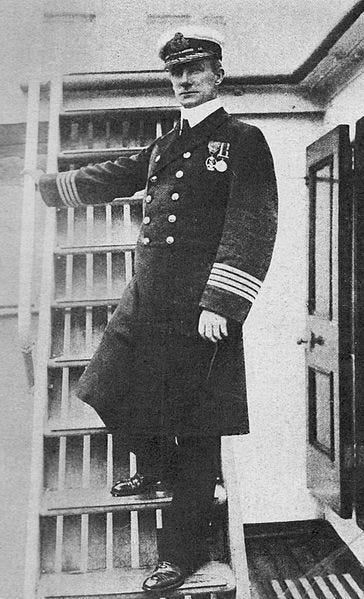
One example of this was when he heard of Titanic’s distress call, the captain of RMS Carpathia Arthur Rostrom (a ship from Cunard Line, White Star’s principal rival) got out of bed, roused all his crew and immediately steamed at full speed for three and a half hours through an icefield at great risk to rescue 712 survivors, who without his quick action might almost certainly have died.46 He was highly commended by both the American and UK Boards of Enquiry for exemplary conduct.
And another comes from my family, when on a cold dark night on the deck of a sinking ship a young man gave his jumper to a girl so she would keep warm….
(the RMS stood for Royal Mail Ship as the ship was under contract to the Royal Mail to carry post).
Unfortunately Harland and Wolf today is a shadow of its former self, it employs once a tiny fraction of the 15,000 it employed when it built Titanic, nearly of whom were working class Protestants. I was taught in the late 1980s by a draughtsman who used to work in H&W, and who told me that I should go back to the ‘Free State’, i.e. as a Catholic I had no place in NI.
I know this sounds like the plot line of a James Cameron movie, but honestly it is true.
https://www.encyclopedia-titanica.org/
ibid.
https://www.resilience.org/stories/2020-06-08/collapse-of-civilisation-is-the-most-likely-outcome-top-climate-scientists/
https://www.epa.gov/ghgemissions/overview-greenhouse-gases#methane
https://1.bp.blogspot.com/-9TDdZ-1ESSs/YKSBrf9sy1I/AAAAAAAC3x0/FrEOBOgJRSg-07GWHu0J86gk8nHX7lhngCLcBGAsYHQ/w640-h426/titanic-newspaper-front-pages-16.jpeg
https://www.historyonthenet.com/the-titanic-why-did-people-believe-titanic-was-unsinkable
https://www.encyclopedia-titanica.org/disaster-at-last-befalls-capt-smith.html
https://www.britannica.com/biography/Ivan-Illich
1973, Tools for Conviviality, Ivan Illich
ibid
You can find out where she is currently on this map: https://www.marinetraffic.com/en/ais/details/ships/shipid:7839734/mmsi:3110%01178/imo:9829930/
Some have disputed RCC’s claims of ‘clean’ energy powering their fleet as ‘greenwashing’, as although LNG is cleaner than more noxious fossil fuels at the time of burning, this ignores the upstream costs of the extraction, pressurisation and transport of methane, as well as ‘methane slip’, accidental emissions of the gas during the process. Methane is 28 times more more polluting than carbon dixoxide therefore it is debatable whether the fossil fuel impacts of LNG are any more benign than the previous diesel engine alternatives).
https://edition.cnn.com/travel/article/venice-cruise-ships-ban-2021/index.html
https://fortune.com/europe/article/anti-tourist-backlash-europe-cruise-ships-change-course/
ibid
This would indicate that large cruise ships like the Icon are outside what Illich warned as the ‘natural scale’ of things. But behind the visible protagonists of passengers and locals lies other communities of interests; the shareholders and executives of the cruise companies like Royal Caribbean as well as the finance companies such as Capital Management; the ship builders; insurers and ancillary industries. Although all of these parties are running an extractive industry by encroaching on the public commons of the world’s oceans, atmosphere and the historic built environment of the ports, they are currently doing so with few restrictions or global oversight.
https://www.vesselfinder.com/vessels/details/9929429
https://www.sciencedirect.com/science/article/abs/pii/S0925527324003219
https://www.statista.com/topics/11288/shipping-emissions-worldwide/#topicOverview
https://www.technologyreview.com/2023/07/11/1076080/un-climate-goals-global-shipping/
ibid
https://blogs.ubc.ca/102localglobalfeminist/2017/03/19/delicious-exploitation-realities-of-banana-production/
https://www.sciencedirect.com/science/article/abs/pii/S2214790X1930084X
https://foodispower.org/our-food-choices/bananas/
https://mcandrewleadership.uk/fashions-global-footprint-fast-fashions-toll-on-the-global-south/
https://www.trtworld.com/magazine/the-true-scale-of-the-global-north-s-economic-appropriation-of-the-south-55223
https://www.sciencedirect.com/science/article/pii/S095937802200005X
https://unctad.org/news/global-inequality-un-trade-and-development-chief-calls-inclusive-trade-policies-wto-forum
https://www.nationalgeographic.com/environment/article/consumerism-earth-suffers
https://www.bbc.co.uk/bitesize/articles/zkptrmn
https://shado-mag.com/know/what-is-waste-colonialism/
https://www.businessinsider.com/original-ads-for-the-titanic-2012-10?op=1#its-maiden-voyage-was-on-april-10-1912-tickets-could-be-had-for-6-and-10-shillings-five-days-later-the-ship-was-at-the-bottom-of-the-ocean-2
https://www.royalcaribbeanblog.com/2024/01/23/royal-caribbean-ceo-we-built-the-biggest-baddest-ship-the-planet
https://www.telegraph.co.uk/travel/cruises/articles/biggest-cruise-ship-icon-of-the-seas-maiden-voyage-miami/
https://www.msc.com/en/about-us/management/captain-gianluigi-aponte
https://www.ipcc.ch/
ibid
https://titanicofficers.com/article_13.html
https://www.pressreader.com/ireland/belfast-telegraph/20240830/281663965357864
Home from the Sea: The Autobiography of Captain Rostron of the Carpathia, the Man Who Rescued the Titanic Survivors
https://www.encyclopedia-titanica.org/carpathia-crew/arthur-henry-rostron.html
https://www.encyclopedia-titanica.org/carpathia-crew/arthur-henry-rostron.html





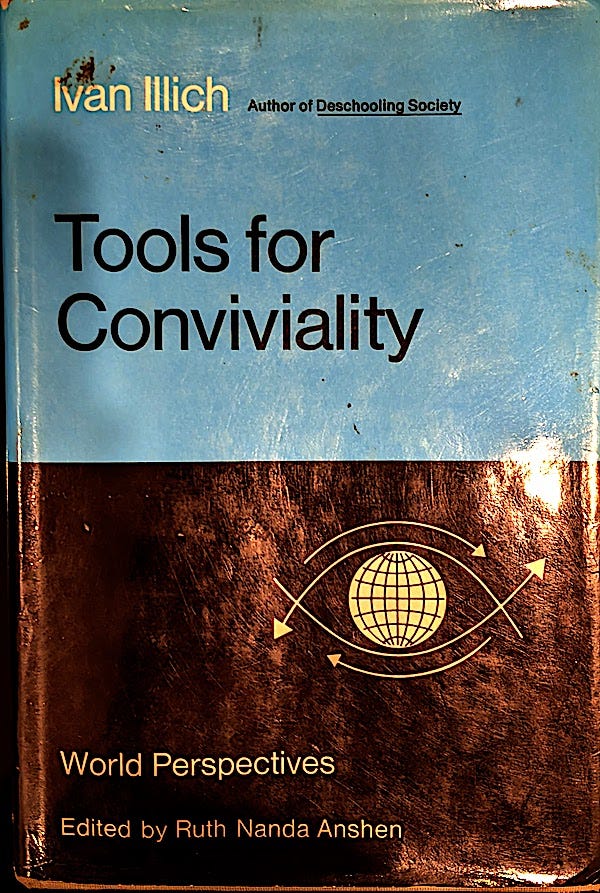

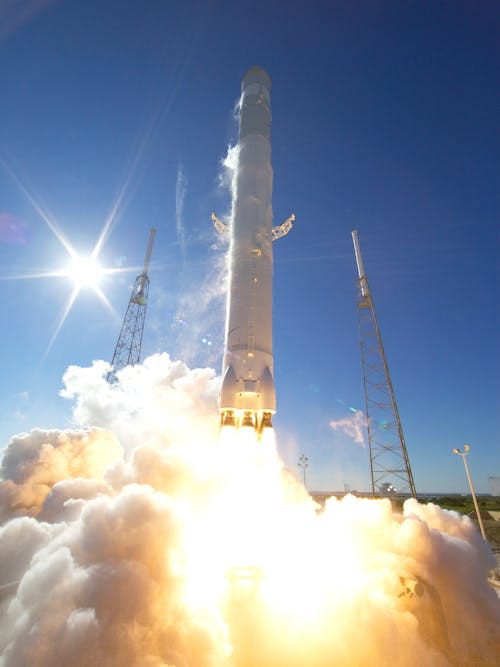
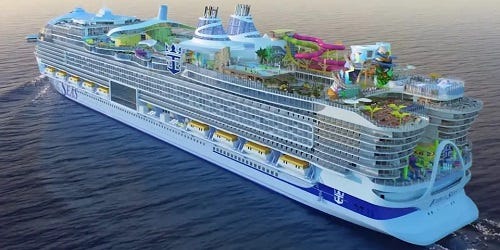
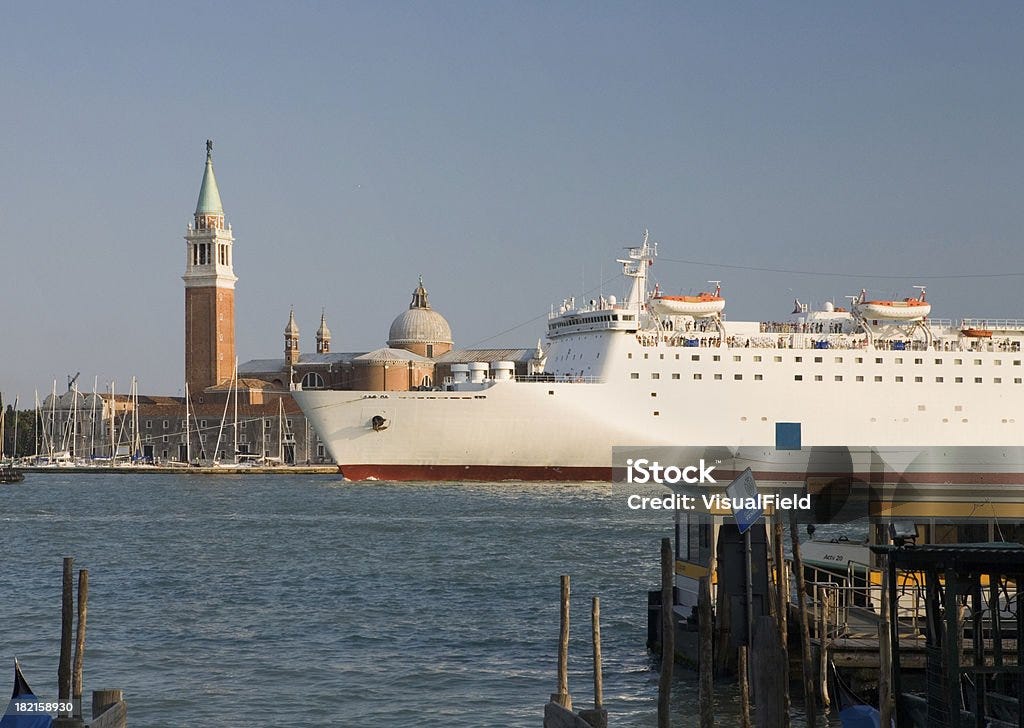
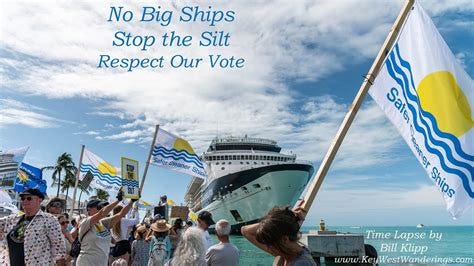
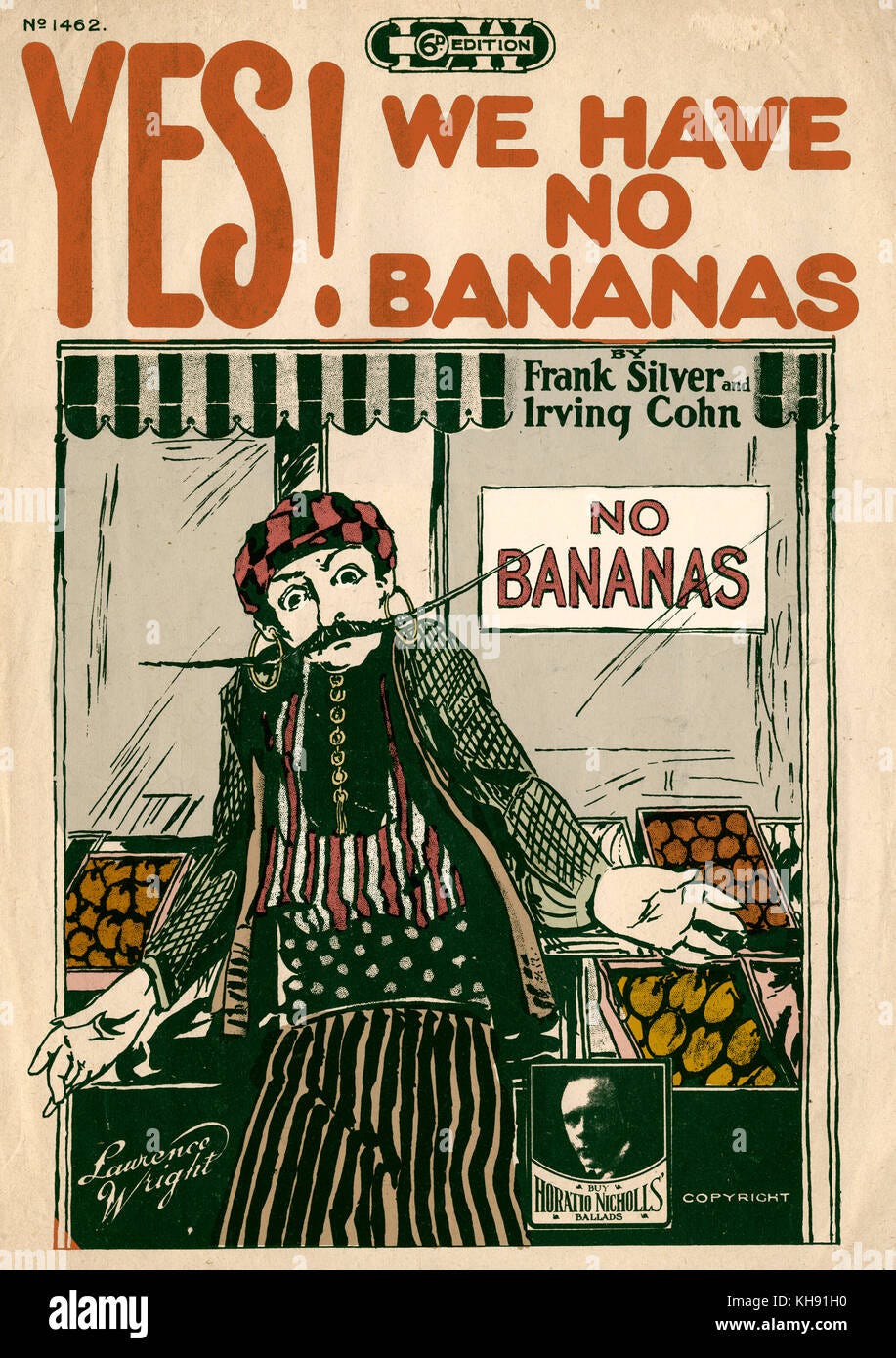
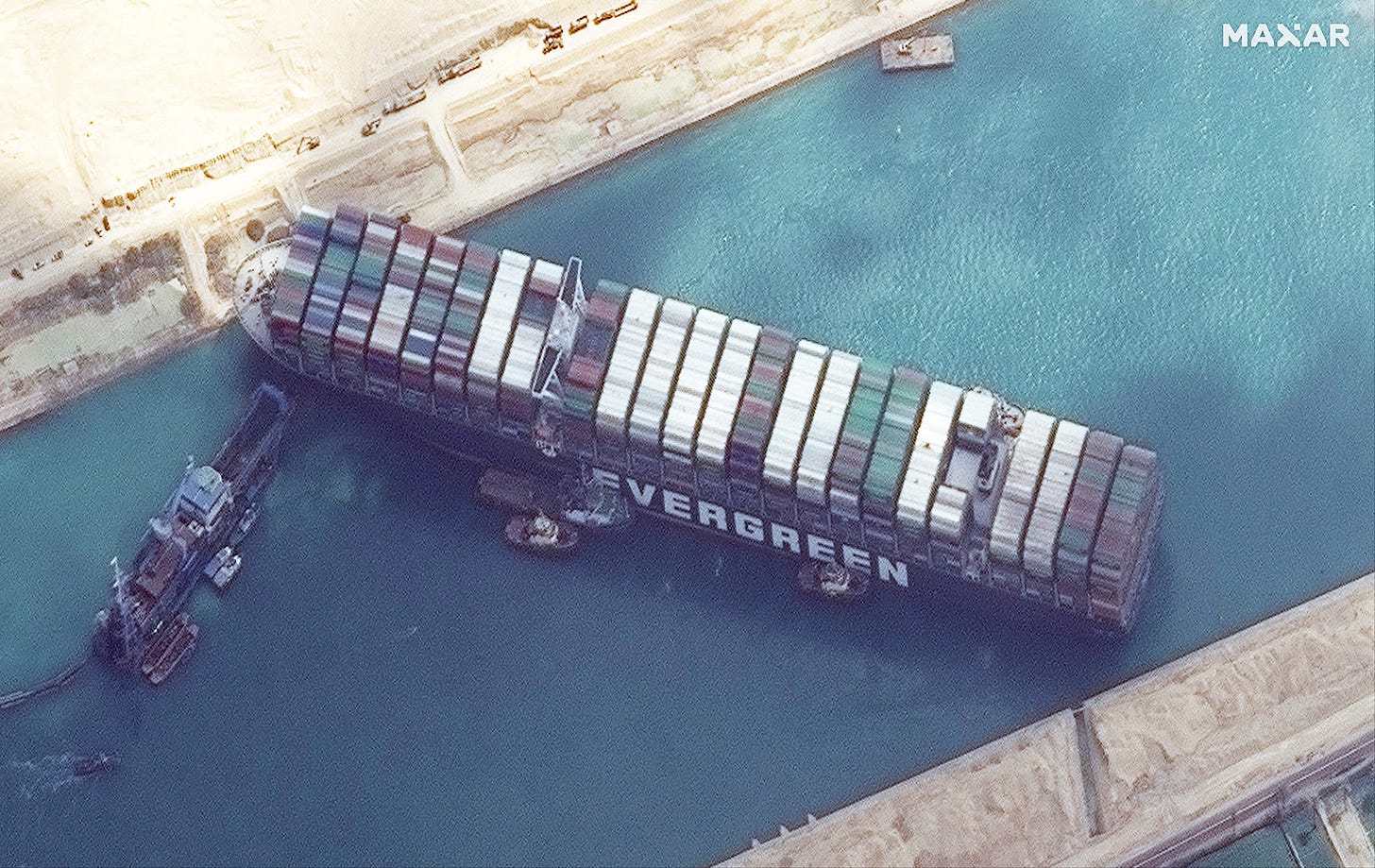
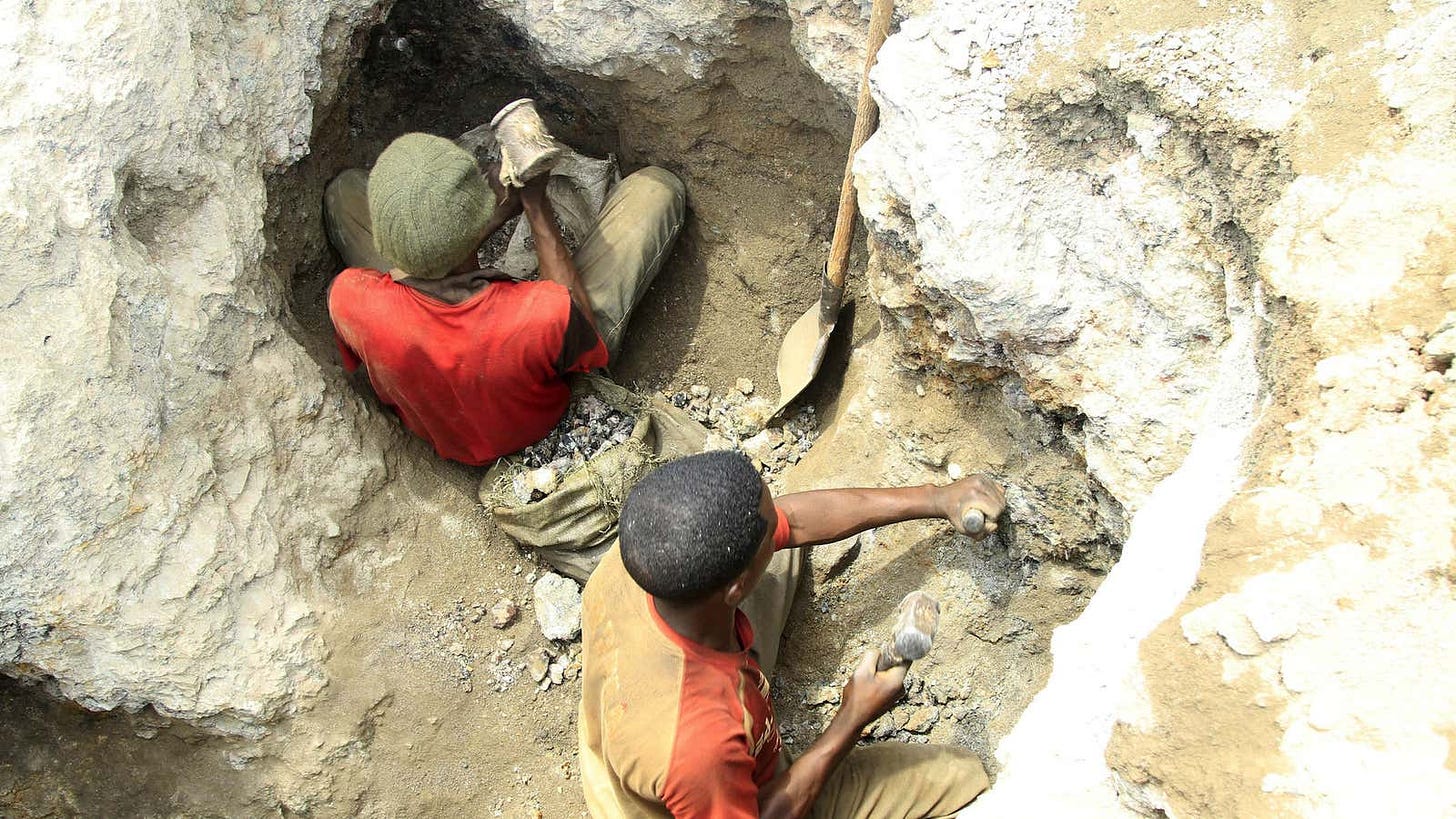
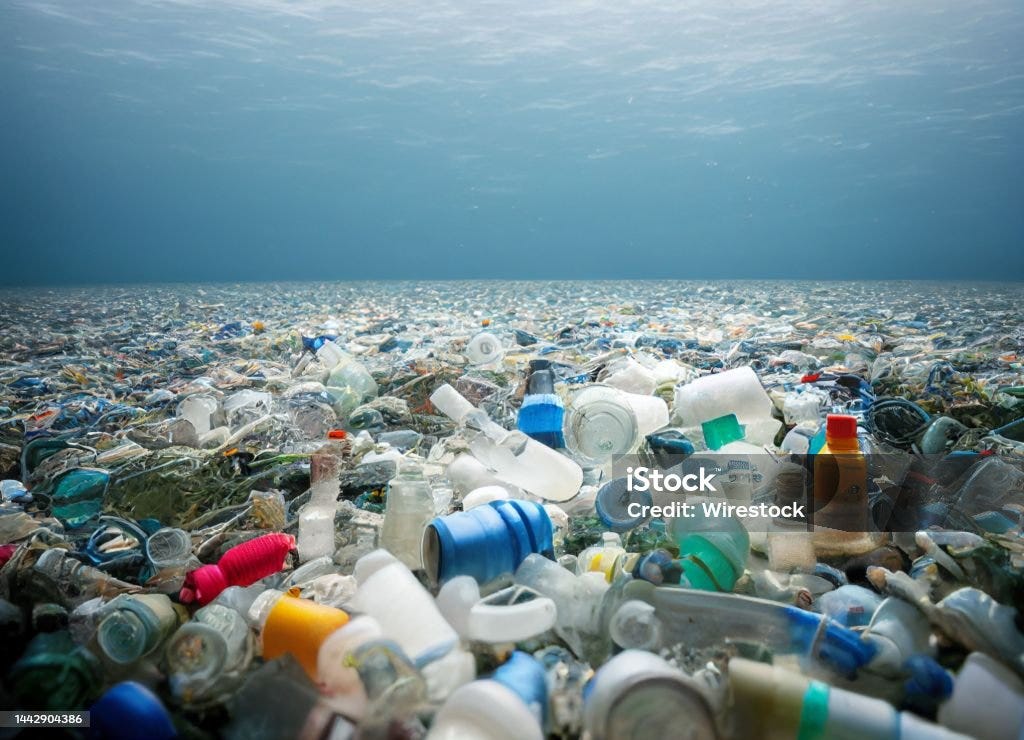
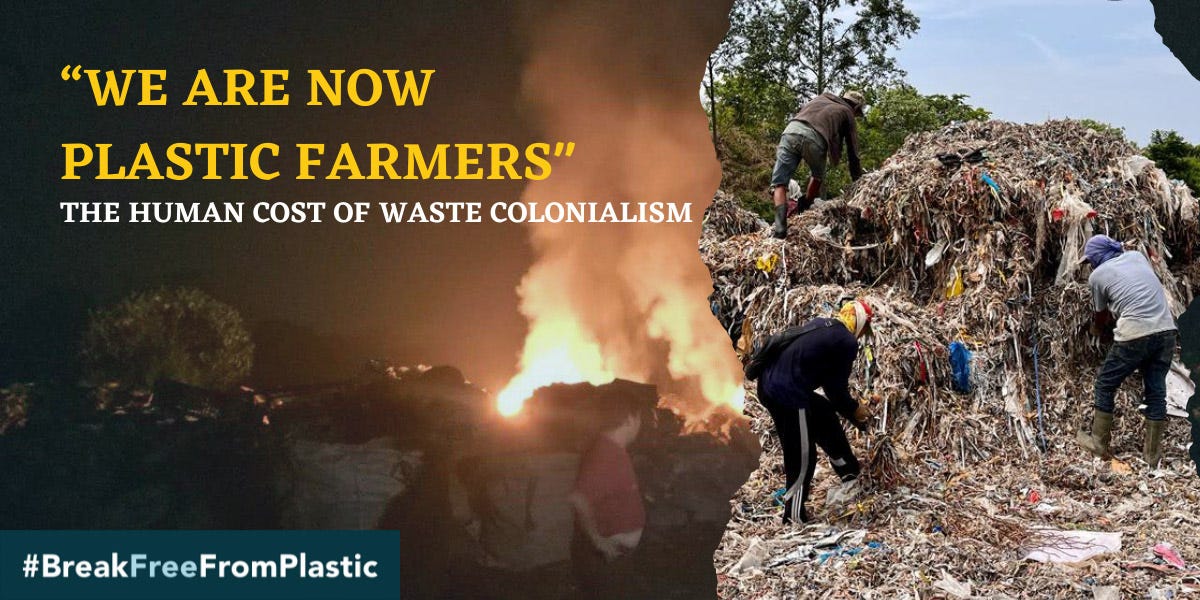

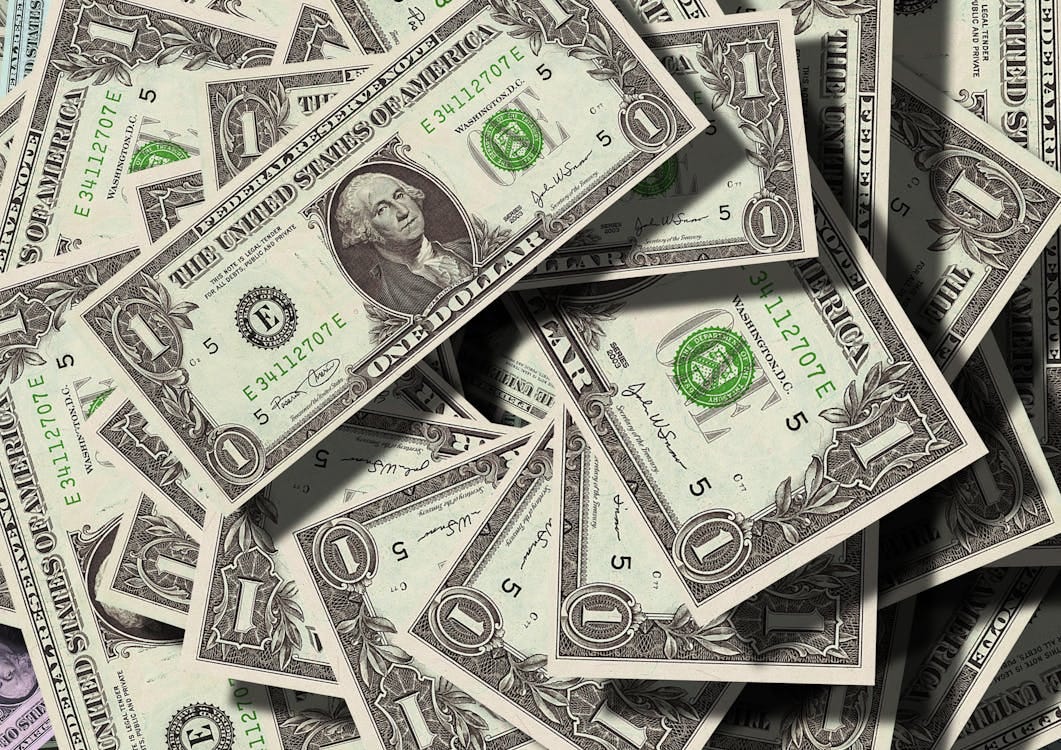
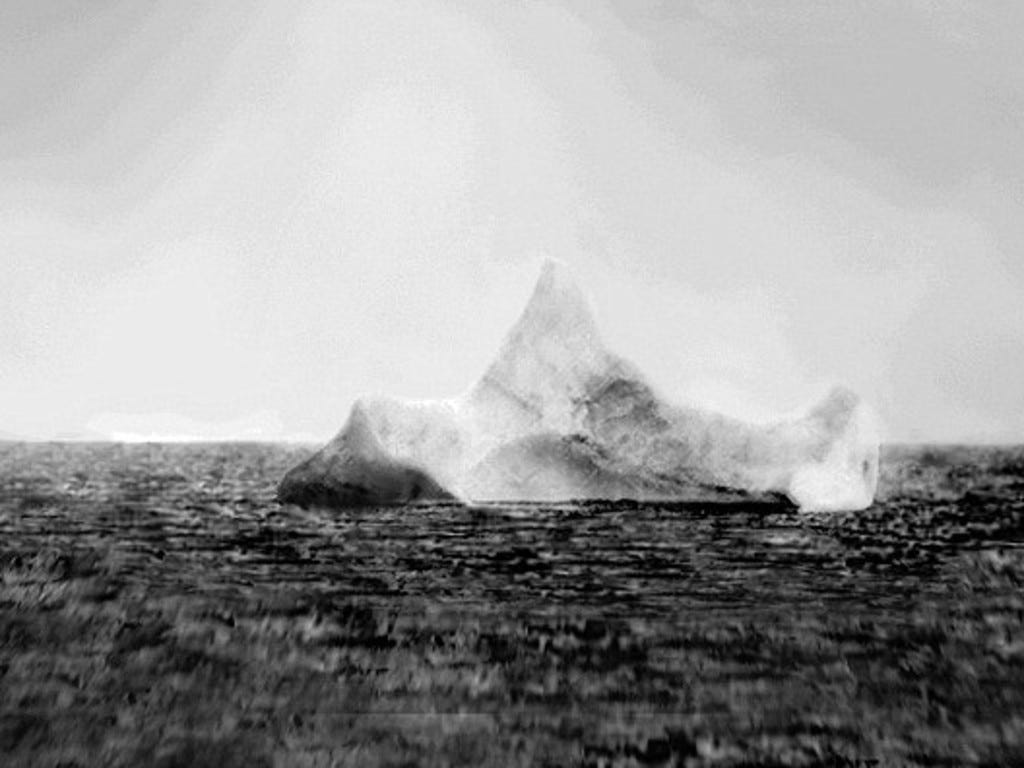
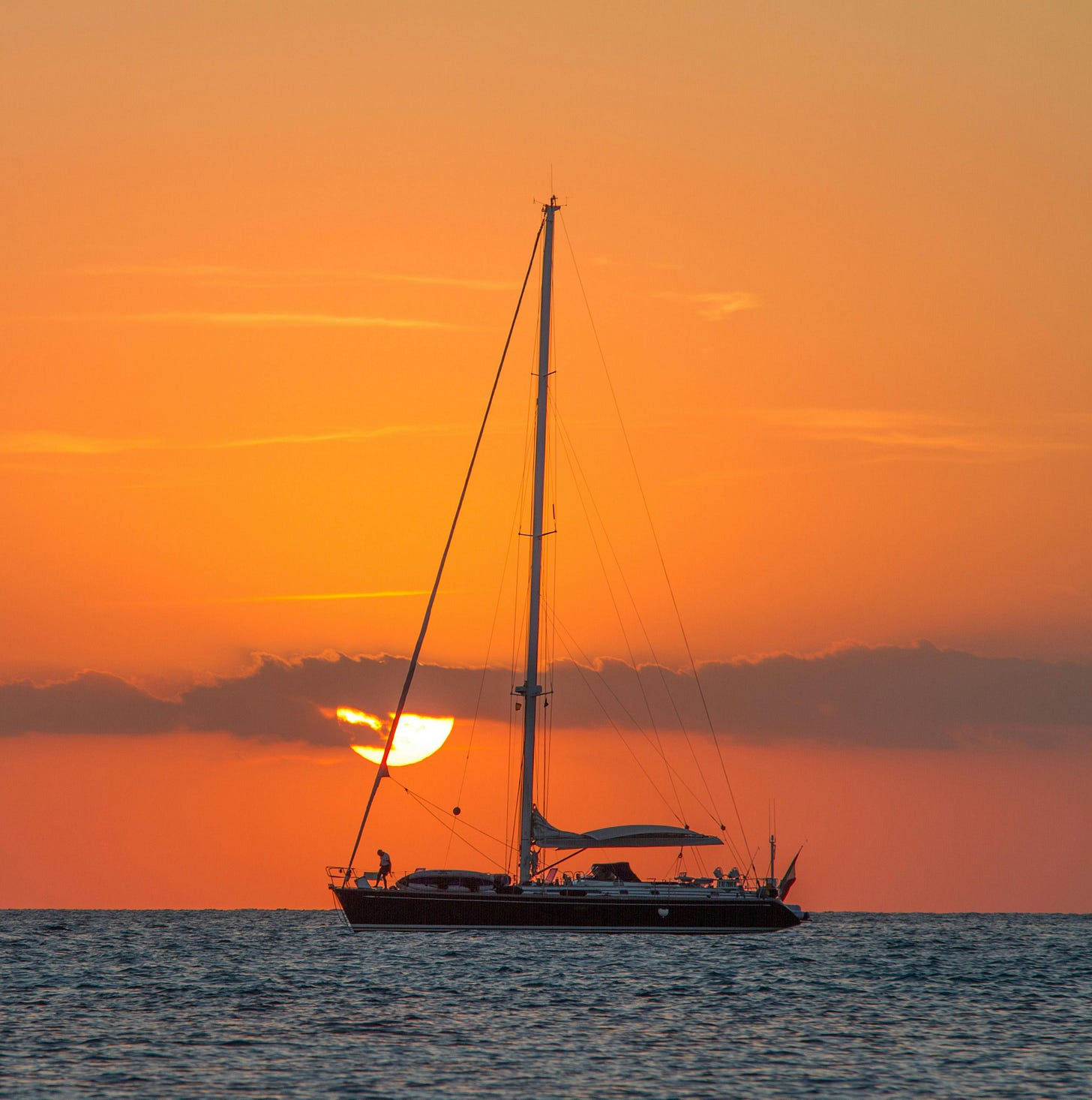
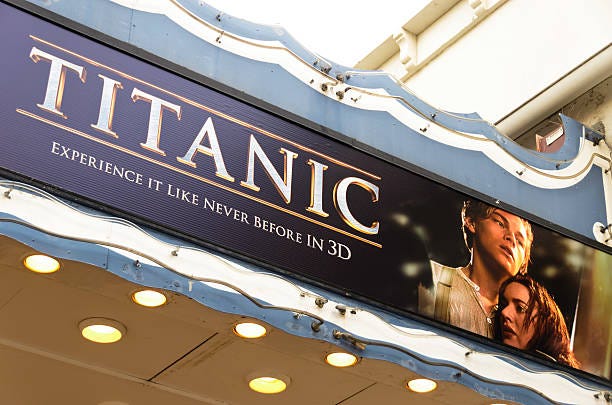
Thank you so much for this, and yes she was fine when she left here :-)